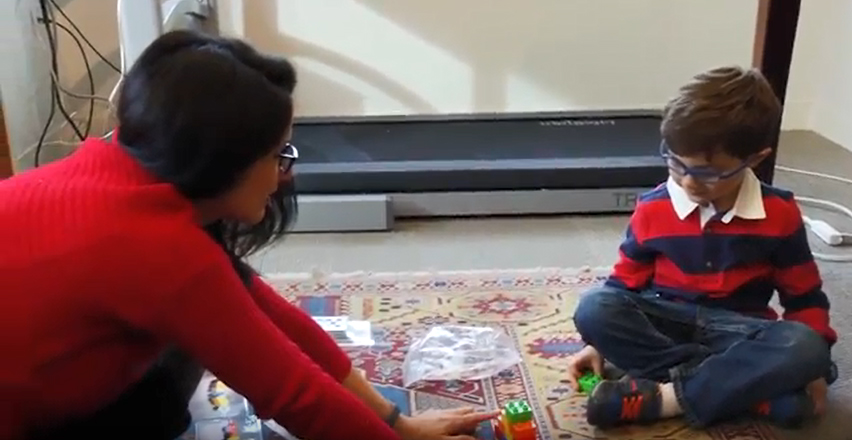NASHVILLE, Tenn. (Ivanhoe Newswire)—Counting out objects in the grocery store, adding up all their toys, subtracting how many cookies they have left. There are lots of math-related activities that parents already do at home with their little ones, but there’s also many more that go beyond counting to one, two, three.
There are many things parents do to support their child’s math learning. Researchers from Vanderbilt University surveyed parents of preschoolers about a wide variety of activities they do at home with their child. They found that when it comes to early math development, greater emphasis is placed on early numeracy, or the ability to count and compare numbers. But developmental psychologist Bethany Rittle-Johnson, PhD, believes, “There’s more to math than number.”
She says there are everyday activities that parents can do to broaden their preschooler’s math knowledge of not only numbers but also spatial skills.
“That includes things like building with blocks and Legos and doing puzzles and using lots of spatial words like up and beside and under,” Rittle-Johnson told Ivanhoe.
Another math skill parents can work on with their child is patterning. They also found that parents beliefs about their child’s math skills related to the type of support they provided.
Rittle-Johnson explained, “If they thought their children were better in numbers, they were doing more number activities with their children. And if they thought their children were better at making and thinking about patterns, they were doing more patterning activities with their children.”
But whether it’s Legos, a card game, or building blocks these all provide opportunities for parents to build up their child’s math skills.
Another thing the researchers found was that the parent’s beliefs in their own math skills were related to the type of support they provided for spatial math, like playing with blocks. That is, if the parent was confident in their spatial abilities, or the ability to imagine things in three dimensions, then they provided more support for spatial math.
Contributors to this news report include: Cyndy McGrath, Supervising Producer; Milvionne Chery, Field Producer; Ken Ashe, Editor; Roque Correa, Videographer.
Produced by Child Trends News Service in partnership with Ivanhoe Broadcast News and funded by a grant from the National Science Foundation.
(Source: https://www.researchgate.net/publication/327872003_The_home_math_environment_More_than_numeracy )

